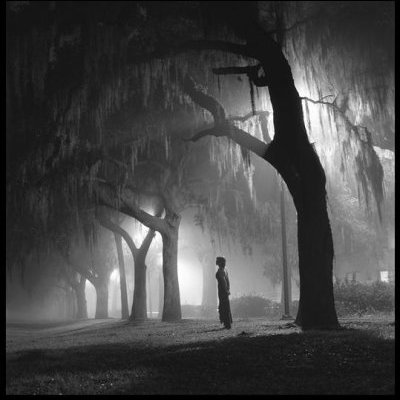
When I would turn on my headlamp, I could see the road more clearly, but swarms of bugs would be attracted to the light. Every sound made me think that something was going to jump out and bite me! I had to turn my headlamp on, so I could see where my feet would go. I wasn’t sure where I was going all the time.

I did see stars, constellations, the Milky Way, planets, satellites, and even a shooting star. I would join the ancient pilgrims in their journey toward Compostela, guided by nature and reveling in God’s mysterious ways.ĭarkness is not dark for you, and night shines as the day. Nice, straight, flat, well marked, easy path in the cool of night, guided by the stars.

So the stage was set for a perfect night walk. There also is not a lot of shade in the Meseta, so walking at night would be a welcome change of pace to the scorching heat I had been experiencing the past week. As it is in the Meseta, the grain growing plateau of Northern Spain, it is mostly flat. A few years ago a gravel path was built, parallel to the main road, which makes it easy to navigate, even in the dark. The Way from Fromista to Carrion de los Condes follows the main road. The Camino is remarkably well marked by the faithful yellow arrow, directing the pilgrim on the path. It mostly happened through the big cities, early in the mornings, where I was sleepy and the arrows eluded me. I had gotten lost here and there, not because the Camino is difficult to navigate, but because I am easily distracted and have a poor sense of direction. I had been planning a time when I could safely walk by myself through the night and not get lost. I woke up early: 3AM and went for a walk under the stars. Compostela means “field of stars” so I wanted to experience it myself.

So one thing I wanted to do was walk at night. Stage 16: Fromista to Carrion de los Condes


 0 kommentar(er)
0 kommentar(er)
